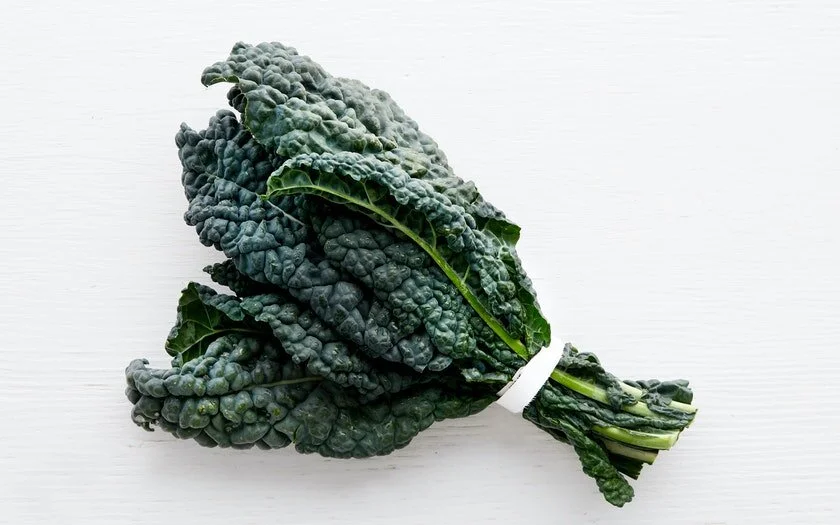Bhramari Pranayama (The Bumble-Bee Breath) for Instant Anxiety Relief
Le disque rouge chasse Alouette by Joan Miró
The Power of Pranayama
Breathing techniques are often used in yoga practices to help practitioners tap into an awareness of the "inner experience" including feelings, emotions and subtle sensations. Such practices are also easily used to quiet the mind, release tension, and soothe symptoms of stress and anxiety. The breath, referred to as prāṇa or life-force energy, is the link between the mind and the body. Breathing techniques are so universal in yoga for good reason- they can easily be learned and their benefits are often experienced almost immediately. One of the most effective of such practices is known as BHRAMARI BREATH (Sanskrit: bhramarī prāṇāyāma). This breathing technique is more commonly known as the "Bumble Bee" or "Humming Bee" Breath and it is considered to be extremely transformative. The humming vibrations can help soothe an anxious mind, calm an over-active nervous system and prepare anyone for deeper states of meditation.
WHY PRACTICE?
Relaxing the body and closing off the senses triggers the nervous system to enter into rest and relaxation mode, reducing stress and discomfort and allowing for deeper states of meditation. Deep breathing and visualization strengthens the mind-body connection and adds to the experience of inner vibrational energy.
Related: PRANAYAMA Breathing Practices for Vitality and Longevity
“Soothing, calming, and it connects you with inner space... inner sound. It is like plucking the strings of an instrument; listen closely and make minor adjustments to tune the sounds. Instantly, it aligns and harmonizes our energetic frequencies using the power of sound vibration. ”
Bhramari Pranayama: The Bumble Bee Breath
DURATION: 5-10 rounds, 10-30 minutes.
BENEFITS:
Reduces mental tension & calms nerves
Relieves stress & anxiety
Pacifies feelings of anger and frustration
Reduces tension in the face, jaw, nose and forehead.
Helps induce sleep and relieve insomnia
Can help lower blood pressure
Clears throat and warms up the vocal cords
Balances mood and enhances positive feelings
*If you are new to yogic breathing practices, start with Ujjayi: The Oceanic Breath or begin by simply becoming consciously aware of your natural breath. Begin slowly and gradually work up to practicing 5-10 rounds per session.
HOW TO PRACTICE THE BUMBLE BEE BREATH
La Brahmane, 1978 by Joan Miró
MAKE YOURSELF COMFORTABLE:
Find a comfortable, upright seated position (either in a chair, on a cushion, or cross-legged on the floor). Once you are seated comfortably, begin by observing your current breath pattern exactly as it is, without changing it and without making judgments. Check-in with yourself by performing a quick body scan, releasing any points of tension. Take a few full breath cycles, taking in more fresh oxygen with every inhalation and expelling any stale air with every deep exhalation. Feel the calming effects of a few rounds of simple, deep breathing. Now you're ready to practice the Bhramari Breath.
TUNE OUT TO TUNE IN:
Relax your body, close your mouth and gently close your eyes. As you breathe in and out through your nose, your lips should remain relaxed and your teeth slightly separated. Use your thumbs to block the ears from external sound and bring your remaining fingers over the eyes to help block external light.
FEEL THE VIBRATION:
Inhale fully through both nostrils and fill the belly up with air. As you expel the air on an exhalation, make a deep humming sound at the back of the throat. The murmur should sound like the steady hum of a buzzing bee, which is why this breathing practice is called "Bumble Bee Breath.". The exhalation comes from deep in the belly after filling up on the inhalation. It may help to imagine the air coming from a powerful source deep within you.
The exhalation should be smooth, steady and done with control. The humming should send a vibration reverberating into the bridge of the nose and front of the head. Experiment and feel the difference between using a high resonance versus a low resonance. Concentrate on the subtle drone produced by the humming on the exhalation. Once you have the technique down, let go of any need to control or concentrate. Just move with the breath and allow your awareness to diffuse outward to all spaces of the body.
ENTER INTO MEDITATION:
This pranayama, or controlled retention and extension of breath, is a great practice before meditative exercises (pratyahara) . By continuously focusing on the sensations of the inner space along with the inner qualities of the breath, the mind settles and awareness is directed inward. This inward concentration induces a meditative state. Absorption into the meditative state occurs through subtle, yet focused awareness of the inner vibrational sound.





















